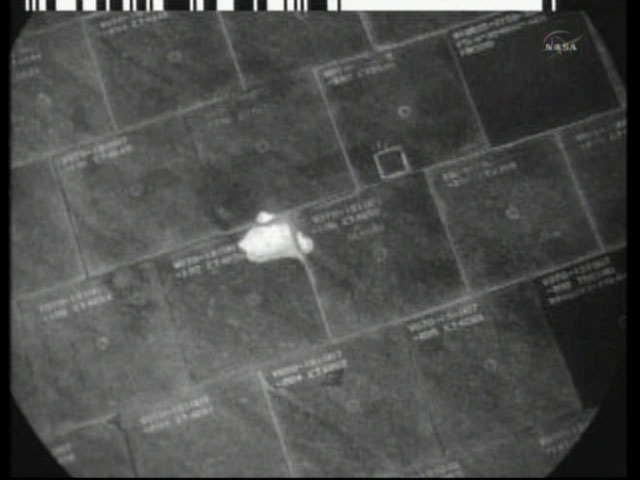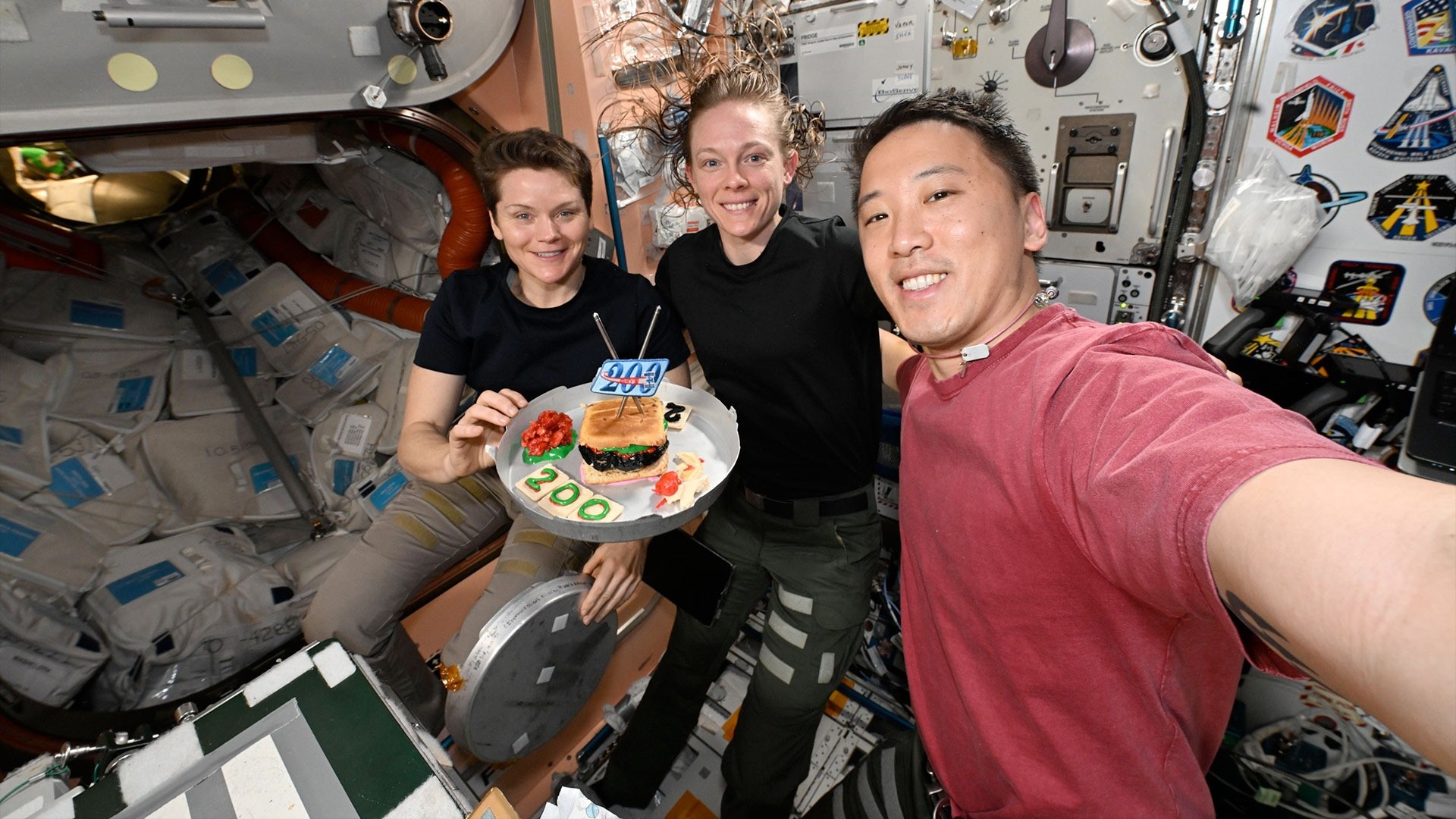NASA Clears Shuttle Endeavour Heat Shield of Concerns

Space shuttle Endeavour's heat shield has been deemed safe for the ship's last landing thanks to imagery taken by its astronauts and sent down for study on Saturday.
"We're essentially clearing the vehicle for reentry at this point," said NASA's shuttle mission management team chair, LeRoy Cain.
Earlier this week, engineers and mission managers were able to clear six of seven areas of minor damage they had found dotting the right-side of Endeavour's tile-covered underbelly. The damage was likely caused by debris, such as ice and insulating foam, that fell from the shuttle's external fuel tank during its launch May 16. [Photos of Space Endeavour's Final Launch]
Fuzzy photos of the seventh gouge, which straddled two thermal protection system (TPS) tiles, couldn't be analyzed to the same degree, so the shuttle astronauts were tasked with using cameras and sensors mounted at the end of a robotic arm inspection boom to get a close-up look at the site early on Saturday morning.
The ding is 2.43 inches (6.17 cm) by 2.95 inches (7.49 cm) wide, and 0.89 inches (2.26 cm) deep.
By Saturday afternoon, imagery and tile experts at NASA's Johnson Space Center in Houston had processed the newly-downlinked data, even creating a physical 3D model of the divot.
"With the data, to include the laser data that the team was able to acquire from the focused inspection, the analyses team went back and essentially what they did was verify how much tile was still in the cavity, because of course it is more important what remains than it is what is gone," said Cain. "What we're interested in is protecting the structure underneath the tile and the associated systems."
Breaking space news, the latest updates on rocket launches, skywatching events and more!
The team found the damage was well within margins of safety, and advised that the shuttle was safe to return to Earth. Endeavour, flying its final spaceflight, is scheduled to make its last landing from space on June 1, weather permitting. The shuttle crew has been delivering a $2 billion astrophysics experiment and a shipment of spare supplies to the International Space Station. [Most Memorable Shuttle Missions]
"So with that we've cleared the TPS," said Cain. "The vehicle is otherwise in great shape as well. It continues to perform outstanding."
You can follow Robert Pearlman @robertpearlman. Follow SPACE.com for the latest in space science and exploration news on Twitter @Spacedotcomand on Facebook.
Join our Space Forums to keep talking space on the latest missions, night sky and more! And if you have a news tip, correction or comment, let us know at: community@space.com.

Robert Pearlman is a space historian, journalist and the founder and editor of collectSPACE.com, a daily news publication and community devoted to space history with a particular focus on how and where space exploration intersects with pop culture. Pearlman is also a contributing writer for Space.com and co-author of "Space Stations: The Art, Science, and Reality of Working in Space” published by Smithsonian Books in 2018.
In 2009, he was inducted into the U.S. Space Camp Hall of Fame in Huntsville, Alabama. In 2021, he was honored by the American Astronautical Society with the Ordway Award for Sustained Excellence in Spaceflight History. In 2023, the National Space Club Florida Committee recognized Pearlman with the Kolcum News and Communications Award for excellence in telling the space story along the Space Coast and throughout the world.
